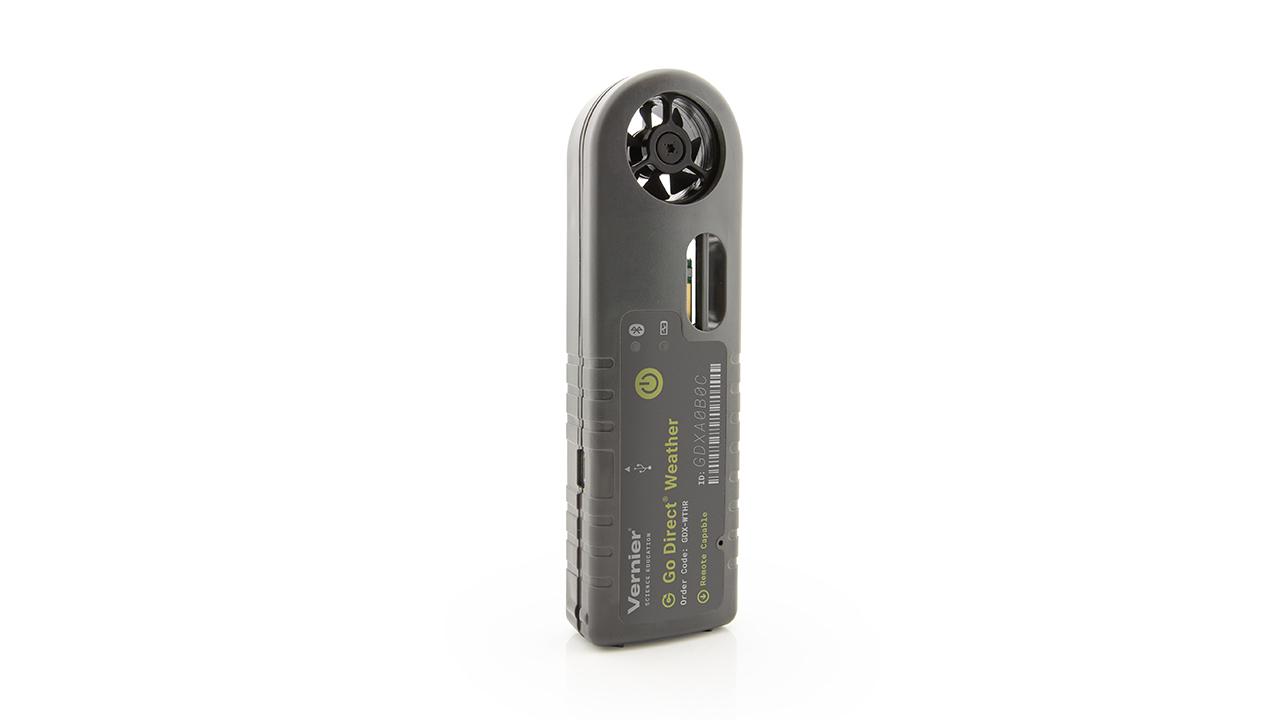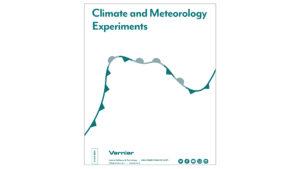Changes in Barometric Pressure
Experiment #8 from Climate and Meteorology Experiments
- Subject
- Earth Science
Introduction
If you stand outside and look straight up, you are looking through a column of air that makes up the atmosphere. The air is made up of molecules of gas that each have a small amount of mass, and each molecule is being pulled down by gravity, exerting pressure on you and everything around you. This pressure, known as atmospheric pressure, is the amount of pressure the atmosphere is exerting on the surface of the planet and can be measured with a pressure sensor.
As you increase in altitude, the atmospheric pressure decreases because there is less atmosphere, and therefore less mass pressing down. Since pressure varies due to altitude or elevation, a location at sea level has a higher pressure reading than a location at the top of a mountain. This pressure is called station pressure and is the absolute pressure at any given point without any adjustment. Barometric pressure is the station pressure adjusted to what it would be at mean sea level. Station and barometric pressure are equal at sea level.
In addition to the variable of altitude or elevation, the pressure is also influenced by how air is moving within the atmosphere. When a high pressure system is positioned above your location, the air is being forced down toward the planet surface, causing pressure to increase. Conversely, if a low pressure system passes over, air is rising through the column, causing a decrease in pressure. Because of this, weather forecasters can use changes in barometric pressure to predict the weather. Rising pressure usually indicates that fair, dry weather is coming while dropping barometric pressure usually precedes clouds and precipitation.
Objectives
- Collect and analyze barometric pressure for 3 days.
- Make observations of current weather conditions.
- Compare your data to weather conditions.
Sensors and Equipment
This experiment features the following sensors and equipment. Additional equipment may be required.
Ready to Experiment?
Ask an Expert
Get answers to your questions about how to teach this experiment with our support team.
- Call toll-free: 888-837-6437
- Chat with Us
- Email support@vernier.com
Purchase the Lab Book
This experiment is #8 of Climate and Meteorology Experiments. The experiment in the book includes student instructions as well as instructor information for set up, helpful hints, and sample graphs and data.


